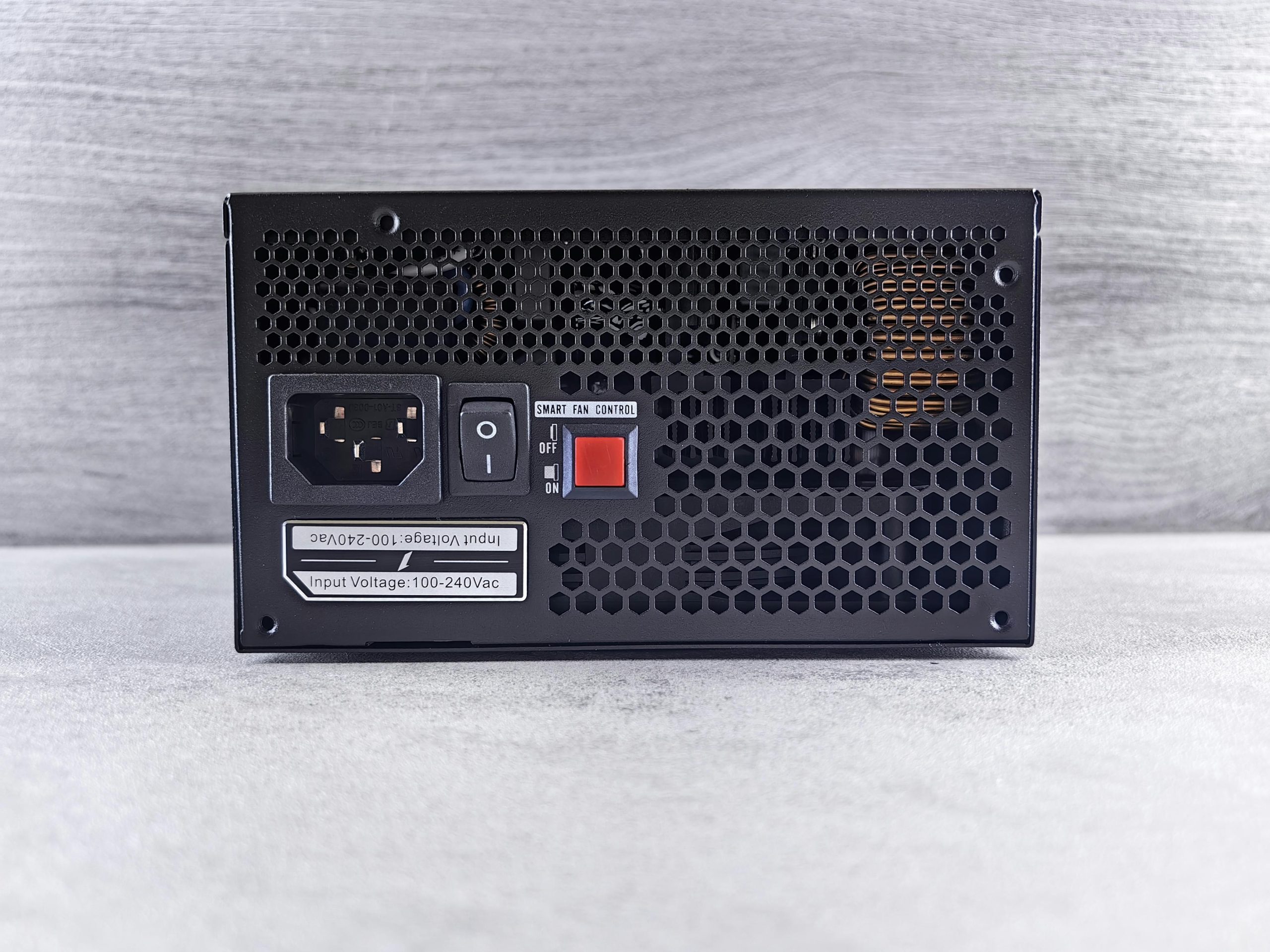Troubleshooting Power Issues: What to Do When Your Computer Won’t Turn On
If your computer isn’t powering up, it can be incredibly frustrating. Let’s dive into a common scenario where the power supply might be the culprit and explore some steps to troubleshoot the issue.
Recently, I encountered a situation where my computer refused to turn on. After checking several components, I decided to carefully examine the power supply. Here are some insights and suggestions to help you determine if your power supply is functioning properly.
Step 1: Verify the Power Cord and Outlet
First and foremost, ensure that the power cord is in good condition. I confirmed that mine was fully functional, but it’s always a good idea to test it. Additionally, check to see if the outlet is working by plugging in another device.
Step 2: Examine the Power Supply
Once I ruled out the power cord, I removed the power supply from the case for further inspection. The model I was working with was a 400W HP unit. If you’re in a similar situation, consider checking for any obvious signs of damage, like burnt components or bulging capacitors.
Step 3: Test the Power Button
In some cases, a faulty power button might prevent the computer from turning on. I switched out the power button in my setup, but unfortunately, it didn’t resolve the issue. If you haven’t done so already, replacing the button is an easy test.
Step 4: Use a Multimeter
If you’re comfortable with technical troubleshooting, you might want to check the power supply voltage levels. A multimeter can help you assess if the power supply is outputting the correct voltages to the motherboard. This can provide further clarity on whether the power supply is defective.
Conclusion
If you’ve gone through these steps and your computer still won’t power on, it may be time to consider replacing the power supply altogether. Don’t hesitate to reach out to a professional or consult with tech support if you’re feeling overwhelmed. Remember, diagnosing hardware issues can be challenging, but with systematic troubleshooting, you can often pinpoint the problem.
Stay tuned for more guides and tips on computer troubleshooting!
Share this content:




Thank you for sharing your detailed troubleshooting steps regarding power issues with your computer. It’s great to see such a systematic approach to diagnosing hardware concerns. If you’ve already tested the power cord, outlet, and replaced the power button without success, the next step might be to directly test the power supply voltages with a multimeter, if you’re comfortable doing so. This can help determine if the power supply is providing adequate power to your system.
Additionally, consider checking for any visible damage or burnt components on the power supply, and ensure all internal connections are secure. If these checks indicate that the power supply is functioning correctly but the system still doesn’t turn on, it might be worth testing with a known-good power supply or consulting a professional technician.
If you require further assistance, feel free to contact our support team or reach out through the Tech Support page for personalized help. Remember, patience and a methodical approach are key to resolving hardware issues effectively.